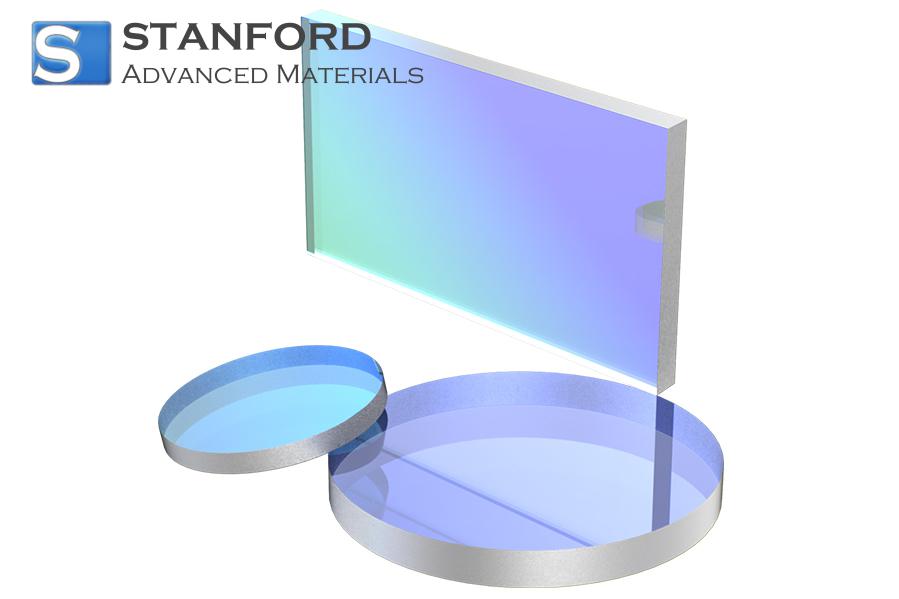How Metallic Sputtering Targets Power Modern Data Storage
The Role of Metallic Coatings in Data Storage Devices
Modern data storage devices depend on thin metal films to ensure secure and rapid access to data. In many storage devices, thin-film coatings improve data density, operational speed and longevity. Older deposition methods do not meet current performance levels. Storage systems utilise these metal films to write and read data with precision. Thin films support high-frequency electronic switching required for fast operations and contribute to consistent performance over extended usage. The use of metal films satisfies mechanical and electronic integrity requirements, thereby preventing data loss.
Precision Coating in Optical Drives
Optical media such as Compact Discs (CDs), Digital Versatile Discs (DVDs) and Blu-ray Discs require a thin, uniform metal coating. Sputtering processes produce these films from silver alloys, aluminium and indium. These metals provide high reflectivity and deliver consistent signals during data reading. The coating process also enhances thermal resistance; consequently, the media withstand temperature variations without compromising data integrity. Optical drives depend on this precise coating process to maintain reliable performance over time.
Sputtering Targets in Magnetic Media
Hard disk drives utilise sputtering targets to form the layers necessary for data read/write operations. In these devices, cobalt-based and chromium-based alloys are used to achieve the required magnetic properties. The sputtering process controls the alignment of particles in the film. This control defines both the coercivity—which specifies the minimum magnetic field strength needed to change stored data—and the bit density, which indicates the amount of data per unit area. Surface smoothness and film purity at the nanometre scale are critical; if roughness occurs, data reading errors may increase. Consequently, careful process control results in a film that meets high-density storage specifications.
Common Metallic Targets in Data Storage
Several metals are essential in modern data storage. Cobalt-chromium alloys are selected for their magnetic properties and durability. Tantalum is used for its resistance to wear under severe conditions. Nickel and platinum are also incorporated because of their stability and conductivity in various storage applications. Each metal is subjected to stringent testing to determine its suitability for high-speed operations in dense data environments. The precise composition of the film affects its structural characteristics and long-term performance. Engineers choose the appropriate metal mixture based on scientific analysis and empirical testing, with data security remaining the primary priority.
The Future of Coating Technology for Data Storage
Further research is expected to result in significant changes to thin-film deposition in storage devices. Research conducted at institutions such as Stanford Advanced Materials (SAM) and collaborations with Oceania International LLC have identified potential improvements in both optical and magnetic media. New metal alloys may increase performance efficiency. One focus area is the precision of the deposition process. As devices become smaller, coating uniformity must improve accordingly. Advances in sputtering techniques could yield films with enhanced control over composition. Emerging applications, including quantum data storage and drives with ultra-high density, impose additional requirements. Consequently, coatings for these systems must meet specific atomic-scale standards. Researchers and engineers continue to refine these methods to address increased data storage demands.
Conclusion
Modern data storage relies on precise metallic coatings. Sputtering targets are employed to produce layers that allow data to be securely written and read in both optical and magnetic systems. Key materials such as silver alloys, aluminium, indium and cobalt- or chromium-based alloys are effective in managing the performance of read/write operations. These methods result in uniform films capable of operating at high speeds and accommodating dense data storage. Ongoing research and systematic testing are expected to further enhance storage performance.
Frequently Asked Questions
Q: Why are thin films important for data storage?
A: Thin films increase the density, speed and durability of storage devices.
Q: How do sputtering targets assist in hard disk drives?
A: They produce uniform read/write layers that control magnetic properties and bit density.
Q: Which metals are most commonly used in optical drives?
A: Common metals include silver alloys, aluminium and indium.

 Bars
Bars
 Beads & Spheres
Beads & Spheres
 Bolts & Nuts
Bolts & Nuts
 Crucibles
Crucibles
 Discs
Discs
 Fibers & Fabrics
Fibers & Fabrics
 Films
Films
 Flake
Flake
 Foams
Foams
 Foil
Foil
 Granules
Granules
 Honeycombs
Honeycombs
 Ink
Ink
 Laminate
Laminate
 Lumps
Lumps
 Meshes
Meshes
 Metallised Film
Metallised Film
 Plate
Plate
 Powders
Powders
 Rod
Rod
 Sheets
Sheets
 Single Crystals
Single Crystals
 Sputtering Target
Sputtering Target
 Tubes
Tubes
 Washer
Washer
 Wires
Wires
 Converters & Calculators
Converters & Calculators
 Write for Us
Write for Us





 Chin Trento
Chin Trento



